
Cesare Zavattini was an Italian screenwriter and one of the first theorists and proponents of the Neorealist movement in Italian cinema.

Miguel Najdorf was a Polish–Argentine chess grandmaster. Originally from Poland, he was in Argentina when World War II began in 1939, and he stayed and settled there. He was a leading world player in the 1940s and 1950s, and is also known for the Najdorf Variation, one of the most popular chess openings.
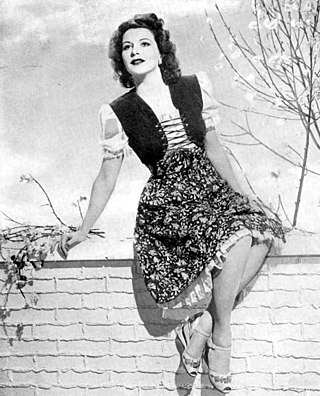
Julie Bishop, previously known as Jacqueline Wells, was an American film and television actress. She appeared in more than 80 films between 1923 and 1957.
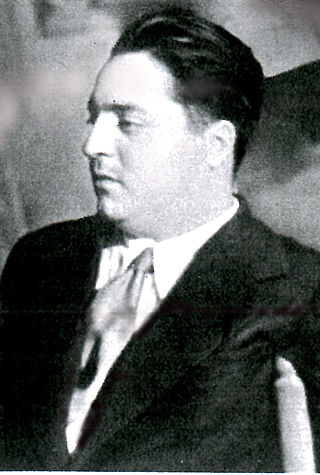
Raffaello Matarazzo was an Italian filmmaker.
Alessandro Cicognini was an Italian composer who is chiefly remembered for his film scores.

José María Minella (1909–1981) was an Argentine football player and manager. He played for and managed Argentina's national team.

Mario Mattoli was an Italian film director and screenwriter. He directed 86 films between 1934 and 1966.

Armando Migliari was an Italian film actor. He appeared in 103 films between 1914 and 1965.

Guido Celano was an Italian actor, voice actor and film director. He appeared in 120 films between 1931 and 1988. He also directed two spaghetti Westerns: Cold Killer and Gun Shy Piluk.
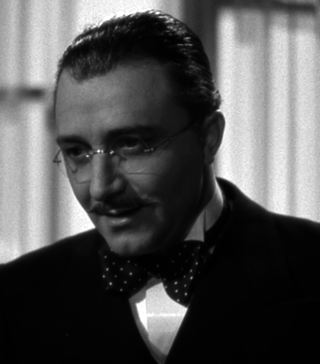
Enrico Musy, better known as Enrico Glori was an Italian actor.

Leda Gloria was an Italian film actress. She appeared in 66 films between 1929 and 1965. During the expansion of Italian cinema of the Fascist era of the 1930s and early 1940s she appeared in starring roles, later transitioning into character parts after the Second World War. She appeared in the Don Camillo series of films, playing the wife of Gino Cervi's Giuseppe Bottazzi.

Nobody's Children is a 1951 French-Italian melodrama film directed by Raffaello Matarazzo and starring Amedeo Nazzari, Yvonne Sanson and Françoise Rosay. It is one of a series of melodramas co-starring Nazzari and Sanson, which were very popular at the box office. The owner of a marble quarry falls in love with the daughter with one of his employees, and they have a baby together. However his mother attempts to sabotage the relationship with tragic consequences.
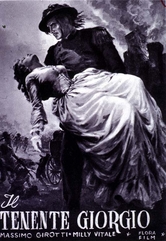
Lieutenant Giorgio is a 1952 Italian historical melodrama film directed by Raffaello Matarazzo and starring Massimo Girotti, Milly Vitale and Paul Muller. It was shot at the Ponti-De Laurentiis Studios in Rome and on location around San Giovanni in Fiore in Calabria. The film's sets were designed by the art director Piero Filippone.
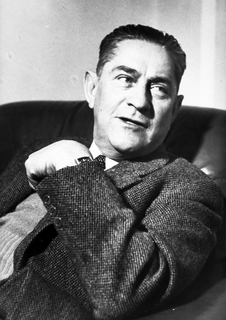
Fernando de Fuentes Carrau was a Mexican film director, considered a pioneer in the film industry worldwide. He is perhaps best known for directing the films El prisionero trece, El compadre Mendoza, and Vámonos con Pancho Villa, all part of his Revolution Trilogy on the Mexican Revolution.
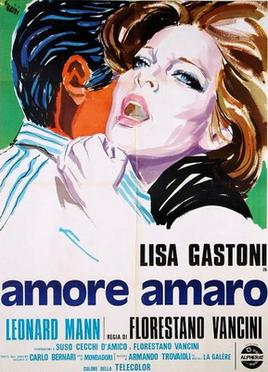
Amore amaro is a 1974 Italian drama film directed by Florestano Vancini. For this film Lisa Gastoni was awarded with a Silver Ribbon for best actress.
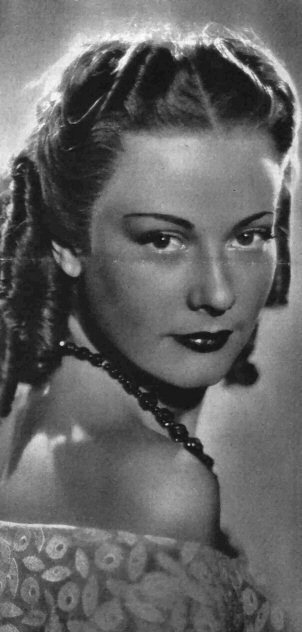
María Denis was an Argentine-born actress in Italian made films. Denis moved to Italy in 1932 when she was 16, and appeared in her first film there the same year. Denis became a top Italian star between 1936 and 1942 playing girl-next-door characters. Denis later appeared in films in several other countries. In 1949 she appeared in the British film Private Angelo.

Gianpaolo Rosmino was an Italian actor and film director. Rosmino enjoyed a lengthy screen career. After making his debut in the silent era in 1913 he appeared in more than 80 films and television series up to 1965. He played a prominent role in the 1913 silent Love Everlasting, one of the two most famous Italian early silent films. He is sometimes credited as Gian Paolo Rosmino.
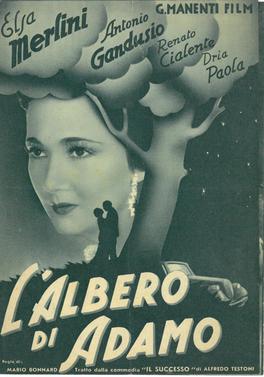
Adam's Tree is a 1936 Italian White Telephone comedy film directed by Mario Bonnard and starring Elsa Merlini, Antonio Gandusio and Renato Cialente. The film's sets were designed by the art director Guido Fiorini.

The Man from Nowhere is a 1937 French drama film directed by Pierre Chenal and starring Pierre Blanchar, Isa Miranda and Catherine Fonteney. It was made at the Cines Studios in Rome, and based on Luigi Pirandello's 1904 novel Il fu Mattia Pascal. A separate Italian-language version of the film was also produced.
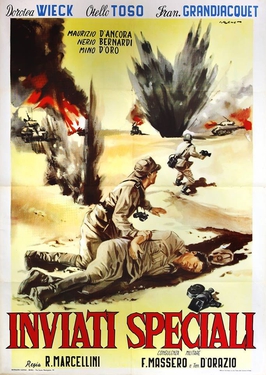
Special Correspondents is a 1943 Italian romantic thriller film directed by Romolo Marcellini and starring Dorothea Wieck, Otello Toso and Maurizio D'Ancora. It was produced as a propaganda film in support of the Italian war effort during the Second World War, released a few months before the overthrow of Benito Mussolini's regime.

















